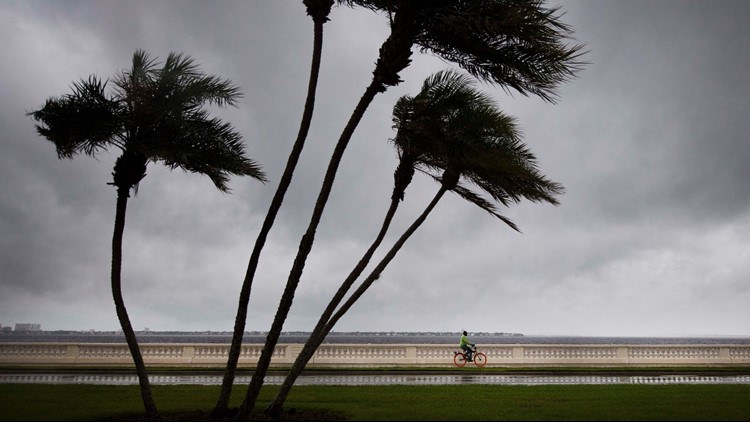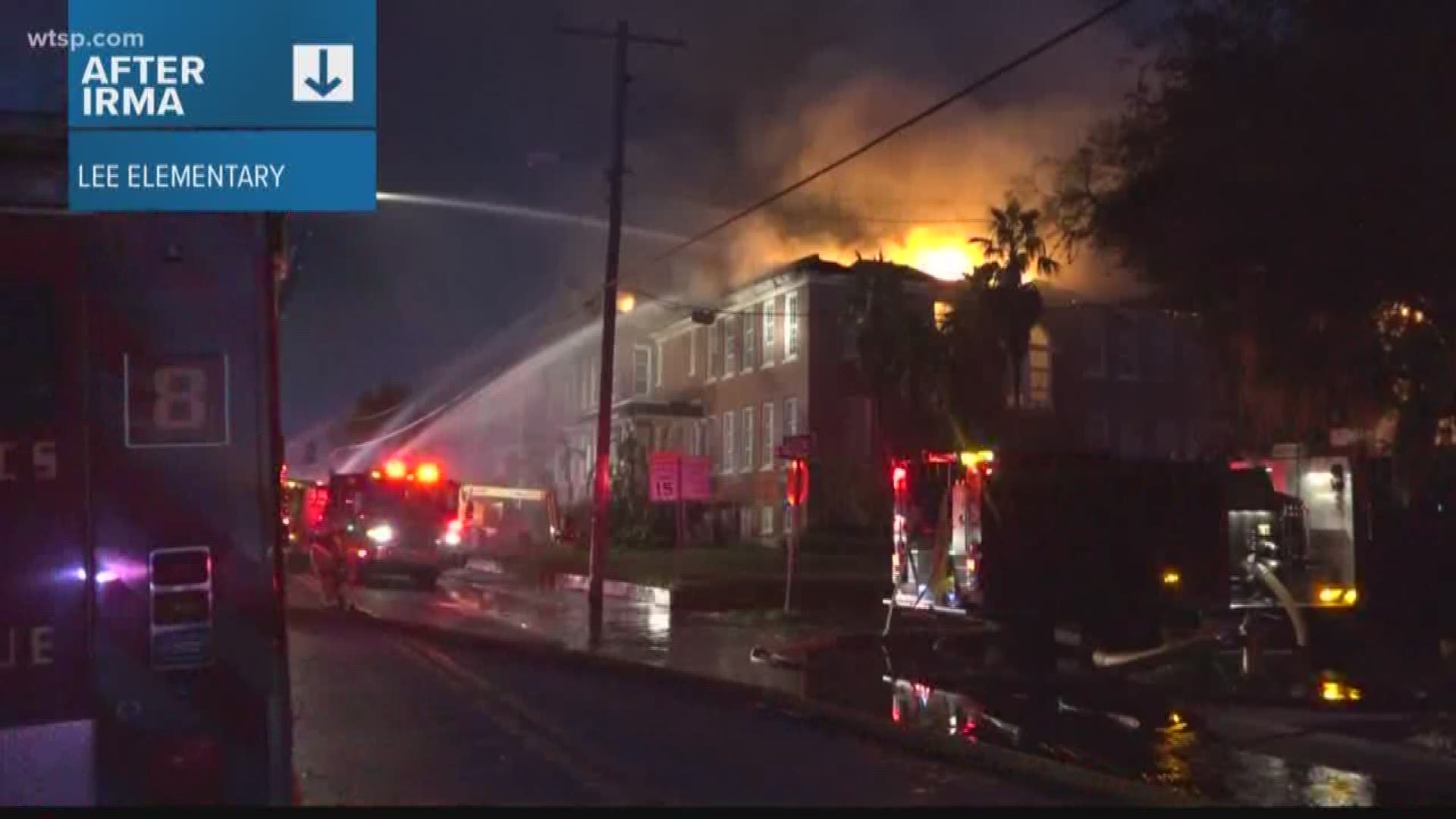ST. PETERSBURG, Fla. -- On this day one year ago, Hurricane Irma hit Florida not once but twice -- two landfalls as a powerful, major hurricane.
The 2017 Atlantic hurricane season wasn't just one to remember: It was one for the history books.
In its final report, NOAA determined Hurricane Irma killed 10 people in the U.S. as a result of strong winds, heavy rains and storm surge. The government agency says 80 people died indirectly, either from falling as they prepared their homes in advance of Irma, being electrocuted, being in a car crash or involved in other incidents.
The most tragic case came out of Broward County, where 14 seniors died after being left without power in high heat and humidity.
Although the Tampa Bay area escaped the brunt of the storm, it wasn't left without extreme power outages totaling at least a million across the region and 3 million more across the entire state.
The center of Hurricane Irma first made landfall in Florida at 9:10 a.m. at Cudjoe Key, with a gust of 106 mph reported at the National Key Deer Refuge in Big Pine Key. Its maximum sustained winds of 130 mph made it a Category 4 storm, the strongest to make a Florida landfall since Category 3 Wilma in 2005.
An unusual sight played out that afternoon: Strong northeast winds blew into Tampa Bay, pushing the water out toward the Gulf of Mexico and nearly emptying the bay.


Irma weakened some thereafter, making a final landfall around 3:30 p.m. near Marco Island. It had estimated sustained winds of 115 mph, making it a Category 3 hurricane.
The storm's center tracked just east of Naples and Fort Myers by 8 p.m. as a Category 2 hurricane, later to pass by Tampa and Orlando around 2 a.m. the following day as a Category 1 storm.
According to Colorado State University, Irma set several records for its longevity and strength. As a Category 5 storm for 3.25 days in the Atlantic, it tied with a storm that hit Cuba in 1932. It also set a record for generating the most energy ever produced by a tropical cyclone.
►Make it easy to keep up-to-date with more stories like this. Download the 10News app now.
Have a news tip? Email desk@wtsp.com, or visit our Facebook page or Twitter feed.



